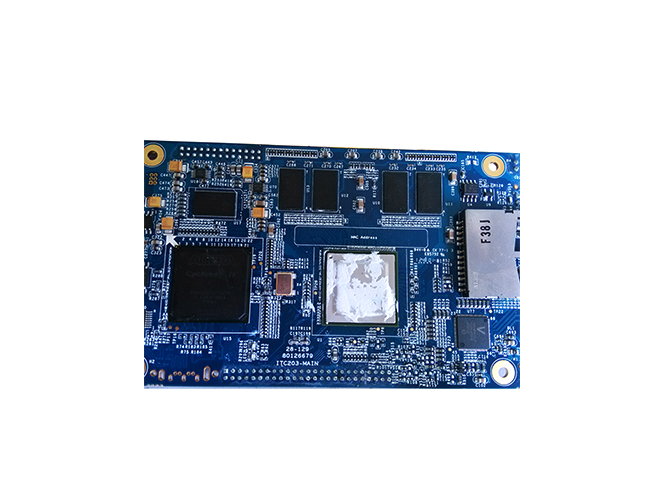-
CN
-
Service Hotline
+8618129931046 Mr. Liao


Time:2025-04-18 Views:1

The minimum line width and spacing requirements on a PCB (Printed Circuit Board) are crucial factors that affect the electrical performance, manufacturability, and reliability of the board.
Electrical Performance Considerations
From an electrical performance perspective, the line width on a PCB is related to the amount of current it can carry. According to the principle of electrical conductivity, a wider line has a lower resistance and can carry more current without overheating. For example, in a power - distribution circuit on a PCB, where a relatively large amount of current needs to be transmitted, a wider line width is required. The minimum line width for a particular current - carrying capacity can be calculated using standard formulas that take into account factors such as the resistivity of the copper used in the PCB, the maximum allowable temperature rise, and the length of the line. In addition, the line spacing is important to prevent electrical interference and short circuits. A minimum spacing between lines is necessary to ensure that there is no capacitive or inductive coupling between adjacent traces, which could affect the signal integrity. In high - frequency circuits, the line spacing becomes even more critical, as the electromagnetic fields generated by the signals on the traces can interact with each other at shorter distances. A sufficient line spacing helps in maintaining the integrity of the high - frequency signals and reducing signal crosstalk.
Manufacturability Constraints
The minimum line width and spacing also depend on the manufacturing process used for the PCB. In traditional PCB manufacturing, the line width and spacing are limited by the resolution of the photolithography process. As the technology has advanced, the minimum achievable line width and spacing have decreased. However, there are still practical limits. For example, in a standard printed circuit board manufacturing process, the minimum line width may be around 3 - 5 mils (0.076 - 0.127 mm), and the minimum line spacing may be in a similar range. These values can be reduced further in more advanced manufacturing processes such as high - density interconnect (HDI) PCB manufacturing, where line widths and spacings of 1 - 2 mils (0.025 - 0.051 mm) or even less can be achieved. But these advanced processes are more complex and expensive. The manufacturing equipment, such as the exposure machines and etching systems, need to be highly precise to create such fine lines and spaces. Any deviation in the manufacturing process, such as incorrect exposure time or improper etching, can result in lines that are too narrow or spaces that are too wide, leading to electrical problems or reduced manufacturability.
Reliability and Long - Term Performance
Proper line width and spacing are essential for the long - term reliability of the PCB. Narrow lines are more prone to breakage over time, especially if the PCB is subjected to mechanical stress, such as bending or vibration. A minimum line width helps in ensuring that the lines can withstand normal mechanical forces without cracking or opening. Similarly, an adequate line spacing is necessary to prevent the formation of dendrites, which are small, tree - like growths of metal that can form between adjacent traces over time, especially in the presence of moisture and an electrical potential difference. Dendrites can cause short circuits and other electrical failures in the PCB. By adhering to the minimum line width and spacing requirements, the PCB can have a longer lifespan and better reliability in different operating environments, whether it's in a consumer electronic device, an industrial control system, or a medical instrument.